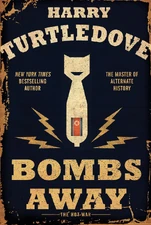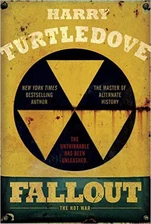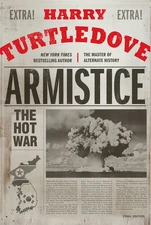Identification, friend or foe (IFF) is an identification system designed for command and control. It enables military and national (civilian air traffic control) interrogation systems to identify aircraft, vehicles or forces as friendly and to determine their bearing and range from the interrogator. IFF may be used by both military and civilian aircraft.
IFF was first developed during World War II. The term is a misnomer, as IFF can only positively identify friendly targets, not hostile ones. If an IFF interrogation receives no reply or an invalid reply, the object cannot be identified as friendly, but is not positively identified as foe. There are many reasons that friendly aircraft may not properly reply to IFF.
The IFF of World War II and Soviet military systems (1946 to 1991) used coded radar signals (called Cross-Band Interrogation, or CBI) to automatically trigger the aircraft's transponder in an aircraft illuminated by the radar. Radar-based IFF is also called secondary radar, with primary radar bouncing an RF pulse off of the aircraft to determine position. George Charrier, working for RCA, filed for a patent for such an IFF device in 1941.
By 1943, Donald Barchok filed a patent for a radar system using the acronym IFF in his text with only parenthetic explanation, indicating that this acronym had become an accepted term. In 1945, Emile Labin and Edwin Turner filed patents for radar IFF systems where the outgoing radar signal and the transponder's reply signal could each be independently programmed with a binary codes by setting arrays of toggle switches; this allowed the IFF code to be varied from day to day or even hour to hour.
Identification Friend or Foe in The Hot War[]
In the early 1950s, the United States Air Force was dependent on its IFF units to distinguish between its own B-29 bombers and the Soviet's reverse engineered Tu-4s.[1]
With the outbreak of World War III, the two world powers had a tit-for-tat exchange of atomic attacks. Despite having outdated codes, a daring Soviet attack managed to spoof most American defense radars on the West Coast, allowing the destruction of six western cities along with Bangor, Maine and a location in Newfoundland, Canada.[2]
As the war continued, the Soviets began adapting recovered IFF units from downed American bombers and installing them on their own aircraft. One such deception allowed for the successful atomic bombing of Bordeaux with the Tu-4 safely returning to the USSR.[3] Similarly, Paris was also bombed using stolen IFF codes and an English-speaking radio operator.[4]
References[]
- ↑ Bombs Away, pg. 47, HC.
- ↑ Ibid., pg. 147.
- ↑ Ibid., pgs. 310-314.
- ↑ Ibid., pgs. 430-432.
| |||||||||||||||||||||


